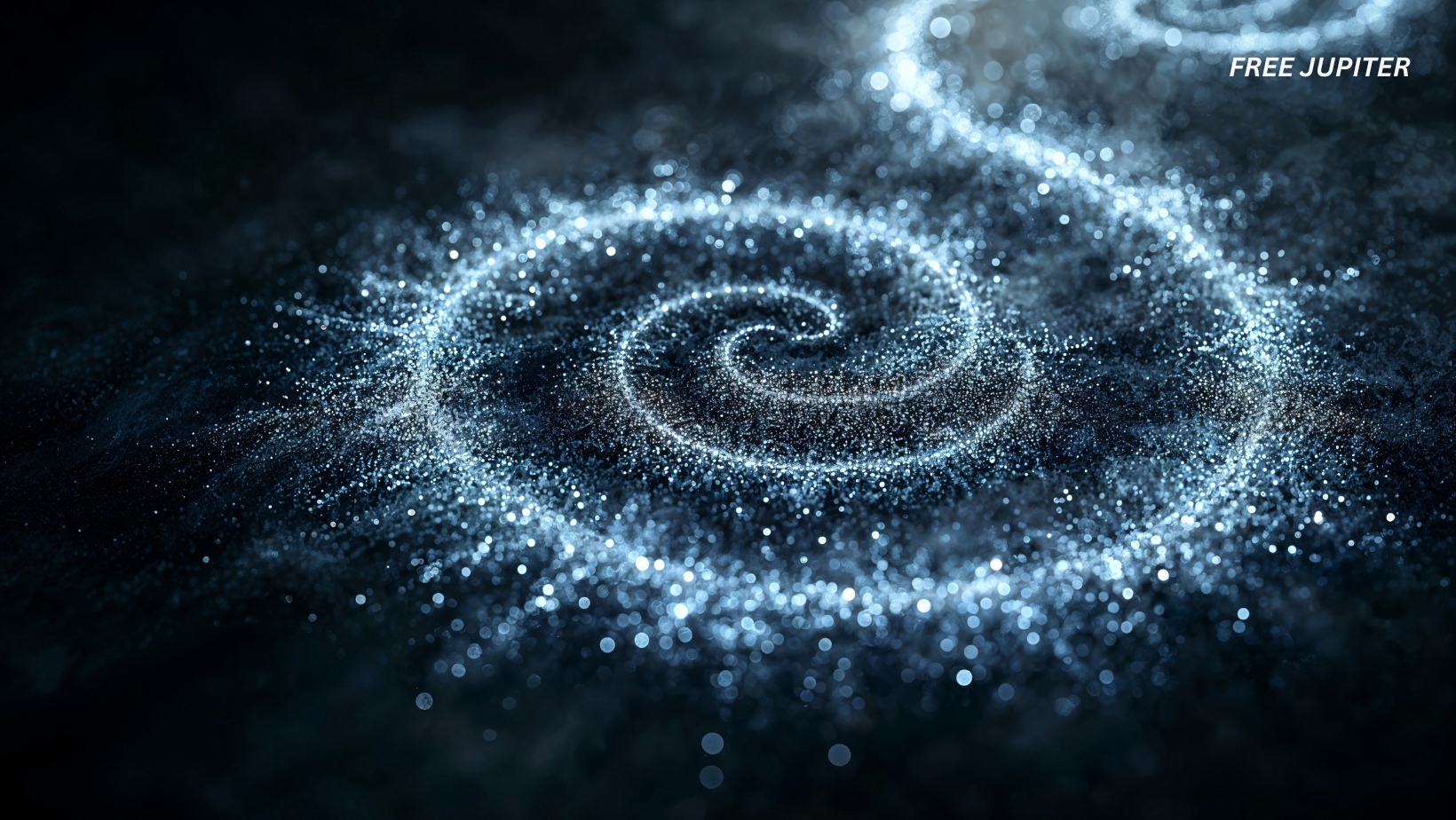Friendly Note: FreeJupiter.com shares general info for curious minds 🌟 Please fact-check all claims—and always check health matters with a professional 💙
In a landmark scientific achievement, researchers have managed to convert light into a supersolid—a peculiar and fascinating state of matter that simultaneously exhibits characteristics of both solids and fluids. This breakthrough not only challenges our traditional understanding of matter but also opens up vast new possibilities in quantum physics and technology.
What Is a Supersolid?
A supersolid is an extraordinary quantum state where matter behaves in a way that defies classical intuition. In this state, particles arrange themselves into a rigid, crystalline lattice typical of solids, yet they also flow without any resistance, akin to a superfluid. This means the material maintains a fixed spatial order but can move internally with zero viscosity, a property usually reserved for fluids like supercooled helium.
The concept of a supersolid has intrigued physicists for over half a century. It was first theorized in the 1960s, with early experimental hints emerging decades later, particularly in ultracold atomic gases known as Bose-Einstein condensates (BECs). These condensates, cooled to temperatures near absolute zero, allow atoms to occupy the lowest quantum state, enabling the delicate quantum effects that give rise to supersolidity.
The Quantum Dance: How Supersolids Form
Supersolids require conditions close to absolute zero (−273.15°C or −459.67°F) because at such frigid temperatures, thermal motion is minimal, allowing quantum mechanical effects to dominate. Imagine a room full of hyperactive toddlers (particles) bouncing around chaotically; as the temperature drops, the toddlers calm down and settle into a precise pattern, yet some of them still glide effortlessly through the crowd without bumping into others.
In a supersolid, this manifests as particles maintaining a fixed lattice arrangement while a fraction of them flow frictionlessly through the structure. This duality is a direct consequence of quantum mechanics, where particles behave both like waves and particles simultaneously.
Read more: 125-Year-Old Physics Puzzle Has Finally Been Cracked by Mathematicians
Why Is This Discovery About Light So Revolutionary?
Until now, supersolids were created using ultracold atoms. The recent experiment, however, marks the first time scientists have combined light with matter to form a supersolid. This was achieved by exploiting “polaritons,” quasiparticles that arise when photons (particles of light) strongly couple with excitons (bound states of electrons and holes in a material).
Polaritons inherit properties from both light and matter, allowing them to condense into the lowest energy state similarly to atomic gases. By carefully manipulating these polaritons at ultra-low temperatures, the researchers induced them to form a supersolid state, effectively “freezing” light into a structured, flowing quantum matter.
This achievement is groundbreaking because light typically behaves as a wave or particle that moves at the speed of light and does not form solids. Creating a supersolid from light-matter hybrids opens a new realm for exploring quantum phenomena and could lead to revolutionary advances in photonics and quantum technologies.
The Experimental Journey
The team behind this discovery utilized advanced cooling techniques to bring the system close to absolute zero, minimizing thermal disruptions. They then employed finely tuned electromagnetic fields to couple photons with excitons, producing polaritons that could condense into a supersolid.
One of the key challenges was maintaining the delicate balance between the solid-like lattice structure and the fluid-like flow without destroying the fragile quantum state. Through precise control, the researchers observed the hallmark features of a supersolid: a stable crystalline pattern coexisting with frictionless flow.
This experiment builds on decades of research, including studies with helium-4 and atomic BECs. Early attempts to detect supersolidity in helium faced challenges due to impurities and elastic effects, but ultracold atomic gases provided clearer evidence. The current work with light-matter polaritons pushes the frontier further by demonstrating supersolidity in a fundamentally different system.
Why Are Supersolids So Cold?
The necessity for ultra-low temperatures stems from the need to suppress thermal vibrations that would otherwise mask quantum effects. At higher temperatures, particles gain energy and move randomly, preventing the formation of coherent quantum states.
In supersolids, particles must settle into their lowest energy configuration and exhibit collective quantum behavior. This is only possible near absolute zero, where the particles’ wavefunctions overlap, and quantum coherence emerges.
The Curious Case of Zero Viscosity
Viscosity measures a fluid’s resistance to flow; honey, for example, has high viscosity, while water flows easily. Superfluids and supersolids, however, exhibit zero viscosity, allowing them to flow without any internal friction.
This phenomenon is famously observed in helium-4 when cooled near absolute zero. Due to quantum fluctuations, helium-4 atoms avoid solidifying under normal pressure and instead enter a superfluid phase where they flow endlessly without energy loss.
In a supersolid, this frictionless flow occurs within a rigid lattice, a paradoxical combination that challenges classical physics and enriches our understanding of matter.
Potential Applications and Future Directions
The creation of a light-based supersolid is more than a scientific curiosity; it heralds new opportunities in technology and fundamental research.
- Quantum Computing: Supersolids could provide stable platforms for qubits, the fundamental units of quantum computers, potentially improving coherence times and error rates.
- Advanced Photonics: The unique properties of polariton supersolids may lead to innovative optical circuits and devices that manipulate light with unprecedented precision and efficiency.
- Material Science: Understanding supersolidity could inspire the design of new materials that combine rigidity with frictionless flow, useful in lubrication and energy transport.
- Astrophysics Simulations: Supersolids offer a laboratory analog to exotic matter states believed to exist in neutron stars, helping scientists simulate and study these extreme environments.
Read more: Your Car May Have a Secret Key Fob Holder You Never Knew About
The Broader Quantum Landscape
This discovery fits into a larger quest to explore and harness quantum states of matter. Supersolids blur the lines between classical states, revealing the richness of quantum mechanics beyond everyday experience.
The interplay between light and matter in forming supersolids exemplifies the innovative approaches scientists are taking to unlock new physics. As research progresses, we may uncover even more exotic states and phenomena, deepening our grasp of the universe’s fundamental workings.
Conclusion
The successful transformation of light into a supersolid marks a historic milestone in physics. By blending the solidity of crystals with the fluidity of superfluids in a light-matter hybrid, scientists have expanded the boundaries of what matter can be.
This achievement not only enriches our understanding of quantum mechanics but also lays the groundwork for future technologies that could redefine computing, communications, and materials science. As we continue to explore the quantum frontier, the once-impossible notion of “freezing” light into a flowing solid is now a vivid reality, illuminating a path toward new scientific horizons.










